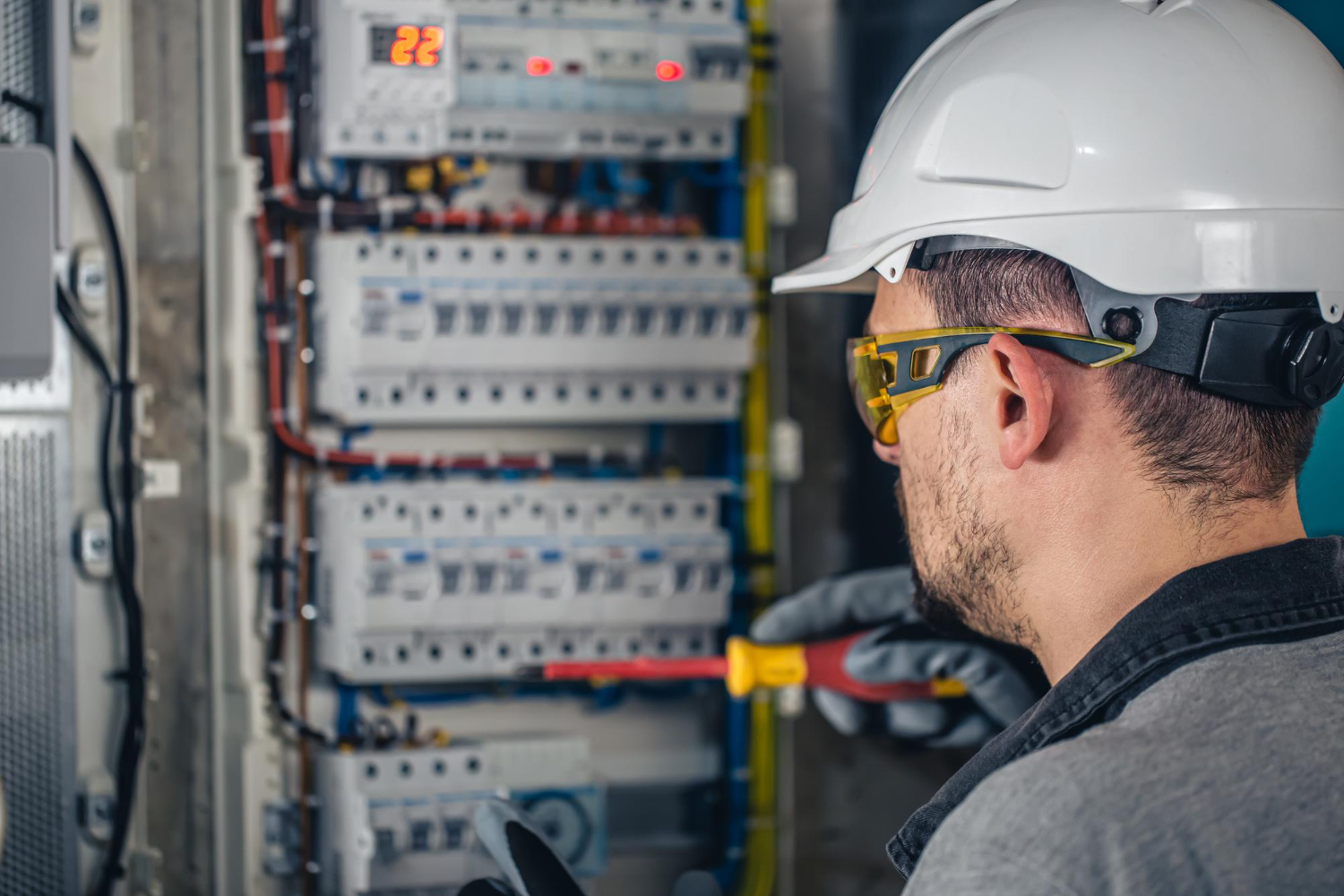9 Simple Techniques For Roar Solutions
Table of ContentsIndicators on Roar Solutions You Should KnowThe smart Trick of Roar Solutions That Nobody is DiscussingGet This Report on Roar Solutions
In order to secure installments from a prospective explosion a method of evaluating and categorizing a possibly harmful area is called for. The function of this is to make sure the appropriate selection and installment of devices to eventually prevent a surge and to guarantee security of life.

No devices ought to be installed where the surface area temperature of the equipment is higher than the ignition temperature level of the offered hazard. Below are some common dust unsafe and their minimal ignition temperature. Coal Dirt 380C 225C Polythene 420C (melts) Methyl Cellulose 420C 320C Starch 460C 435C Flour 490C 340C Sugar 490C 460C Grain Dirt 510C 300C Phenolic Material 530C > 450C Aluminium 590C > 450C PVC 700C > 450C Soot 810C 570C The likelihood of the threat being present in a concentration high adequate to trigger an ignition will certainly vary from area to area.
In order to categorize this risk a setup is divided right into areas of threat relying on the quantity of time the hazardous is existing. These areas are described as Areas. For gases and vapours and dirts and fibres there are three areas. Zone 0 Zone 20 A dangerous ambience is extremely likely to be existing and may be present for extended periods of time (> 1000 hours annually) or perhaps continually Area 1 Area 21 An unsafe atmosphere is possible however unlikely to be present for extended periods of time (> 10 450 C [842 F] A category of T6 means the minimum ignition temperature level is > 85 C [185 F] Hazardous location electrical equipment possibly created for usage in greater ambient temperature levels. This would certainly indicated on the score plate e.g. EExe II C T3 Ta + 60C( This indicates at 60C ambient T3 will not be gone beyond) T1 T1, T2, T3, T4, T5, T6 T2 T2, T3, T4, T5, T6 T3 T3, T4, T5, T6 T4 T4, T5, T6 T5 T5, T6 T6 T6 A T Class score of T1 means the optimum surface area temperature level produced by the tool at 40 C is 450 C. Thinking the connected T Course and Temperature score for the tools are ideal for the area, you can always utilize a tool with an extra strict Department score than needed for the area. There isn't a clear solution to this question sadly. It actually does depend on the sort of devices and what fixings require to be accomplished. Tools with specific examination procedures that can not be performed in the field in order to achieve/maintain 3rd party rating. Need to come back to the factory if it is before the tools's service. Field Repair Service By Authorised Personnel: Challenging testing might not be called for nevertheless details treatments might need to be adhered to in order for the equipment to maintain its 3rd party score. Authorised personnel have to be used to do the work properly Repair service should be a like for like replacement. New component must be considered as a straight substitute calling for no unique testing of the equipment after the repair work is full. Each tool with an unsafe ranking must be assessed individually. These are detailed at a high level listed below, but also for even more detailed details, please refer directly to the standards.
The Buzz on Roar Solutions
The equipment register is a comprehensive data source of devices documents that includes a minimum collection of fields to recognize each thing's place, technical criteria, Ex-spouse classification, age, and environmental information. The ratio of In-depth to Close assessments will be established by the Tools Risk, which is assessed based on ignition danger (the probability of a source of ignition versus the probability of a flammable ambience )and the harmful location classification
( Zone 0Area 1, or 2). Applying a robust Risk-Based Inspection( RBI )approach is crucial for making sure compliance and safety in handling Electric Tools in Hazardous Locations( EEHA).
Roar Solutions Fundamentals Explained

In regards to explosive threat, a harmful location is an environment in which an explosive ambience exists (or might be expected to be existing) in amounts that call for special safety measures for the building and construction, installment and usage of equipment. high voltage courses. In this post we explore the difficulties faced in the office, the risk control steps, and the required proficiencies to work safely
It is a repercussion of contemporary life that we manufacture, keep or deal with a variety of gases or fluids that are considered combustible, and a variety of dirts that are regarded combustible. These compounds can, in certain problems, form eruptive atmospheres and these can have significant and tragic repercussions. The majority of us know with the fire triangular get rid of any type of among the three components and the fire can not take place, but what does this mean in the context of dangerous areas? When damaging this down right into its simplest terms it is basically: a mix of a certain quantity of launch or leakage of a particular substance or product, blending with ambient oxygen, and the presence of a resource of ignition.
In the majority of circumstances, we can do little about the levels of oxygen in the air, however we can have significant impact on resources of ignition, for instance electrical equipment. Unsafe areas are documented on the unsafe area category drawing and are determined on-site by the triangular "EX LOVER" indicator. Here, amongst various other essential information, zones are split right into three types depending on the risk, the possibility and period that an explosive atmosphere will exist; Area 0 or 20 is deemed the most dangerous and Area 2 or 22 is considered the least.
Comments on “Examine This Report about Roar Solutions”